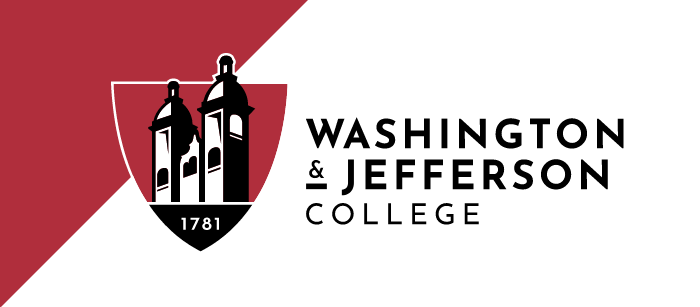Summer 2019 Synopsis
Our visit to Guangdong Education University (GEU) in summer 2018 continues to inspire research at W&J.
First, working with Drs. Kilgore and Bayline, Lucy Elkin and Claire Atherton investigated the uptake of lead and cadmium by little bluestem (Schizachyrium scoparium) growing on abandoned coal mine overburden. Elkin presented this research as a poster at the 2018 Pennsylvania Botany Symposium (State College, PA; Nov 2018) and as an oral presentation at Botany 2019 (Tucson, AZ; July 2019), while she co-presented the work with Dr. Kilgore at an invited talk at John Carroll University (University Heights, OH; Dec 2018).
In addition, Lucy completed an independent study during fall 2018 where she initiated a study to investigate the effects of soil treatment on germination and growth of little bluestem, annual ryegrass (Lolium multiflorum), lavender (Lavendula sp.), and a native strip mine seed mix containing grasses, legumes, and other forbs on coal mine overburden.
In Summer 2019, three more W&J undergraduates continued work on the effects of coal mine refuse. Nathaniel Shaffer is quantifying and characterizing the erosion of overburden; Hannah Robart is characterizing the growth and ecophysiological response of plants; and Kiley Miller is measuring heavy metal accumulation in blackberry (Rubus allegheniensis) fruits. Shaffer will continue this work through independent research in Field Biology. Elkin and Shaffer will both present posters on their work at another national conference (Natural Areas Association, Pittsburgh, PA; Oct 2019).
Inspired by our visit to Guangdong, we created a new experiment in analytical chemistry where 47 students (spring 2019) examined the impact of various dosage levels of zinc on Indian mustard (Brassica juncea). They read primary literature from Chinese scientists assessing heavy metal contamination in Guangdong Province.

